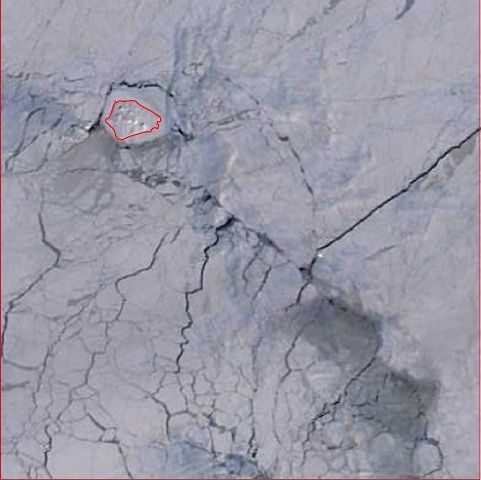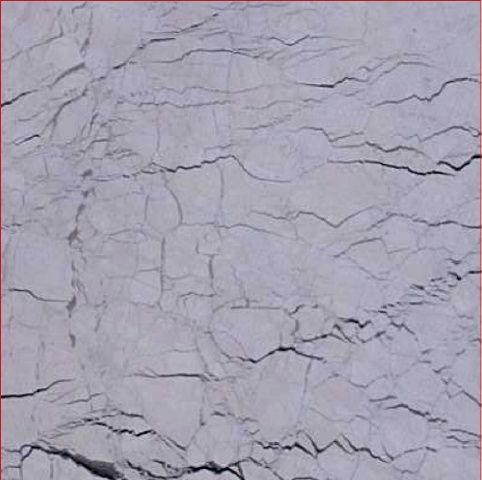Sunlight has returned to the Arctic up to 690 km from the North Pole now. As more than 90% of the surface of the Arctic Ocean is visible on MODIS, it is possible to do a first assessment of the state of the ice.
This is my interpretation for the ESS and Laptev Seas (13 March).
First, two images, 100x100 km:

Around Ostrov Zhokhova, De long Islands

NE of Vilkitsky Strait in the Laptev Sea
The enormous 500K square km fast ice stretch in the East Siberian Sea looks great. But there’s detail, a bit like in the Beaufort Sea, in there too. White floes mingle with darker leads. To the North, heavy break-up and movement is visible around the De Long Islands. The stress stretches along the Arctic Basin boundary up to the Chukchi Sea, accentuated by numerous broad leads. At this stage, those still fill up with new ice.
The Laptev Sea shows some of the most worrying signs. The ice over there hasn’t thickened much during winter for a couple of years now. In ’14 it was just 40 cm over a large part. It doesn’t look better now. Heavily shredded and run through with leads, it might melt out very rapidly in May and June. NE of Severnaya Zemlya 30 km broad windstress leads seem hardly to promote new ice formation. As noticed before, Vilkitsky Strait is largely run through with crunched floes.
